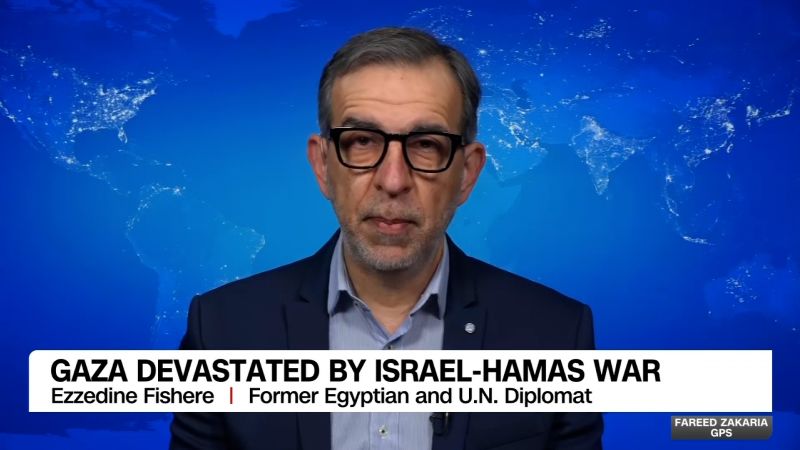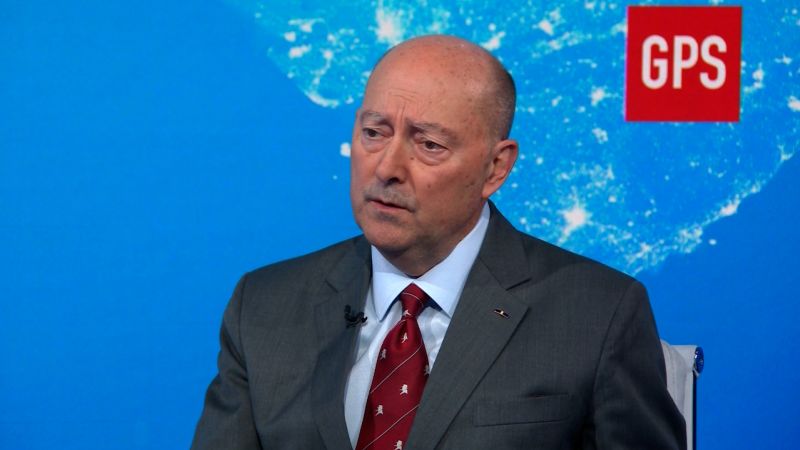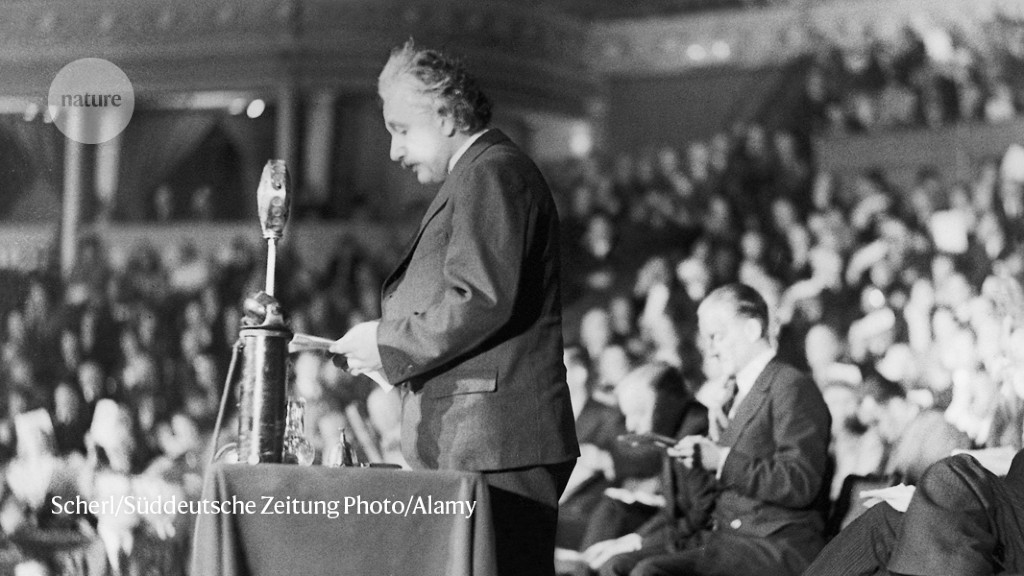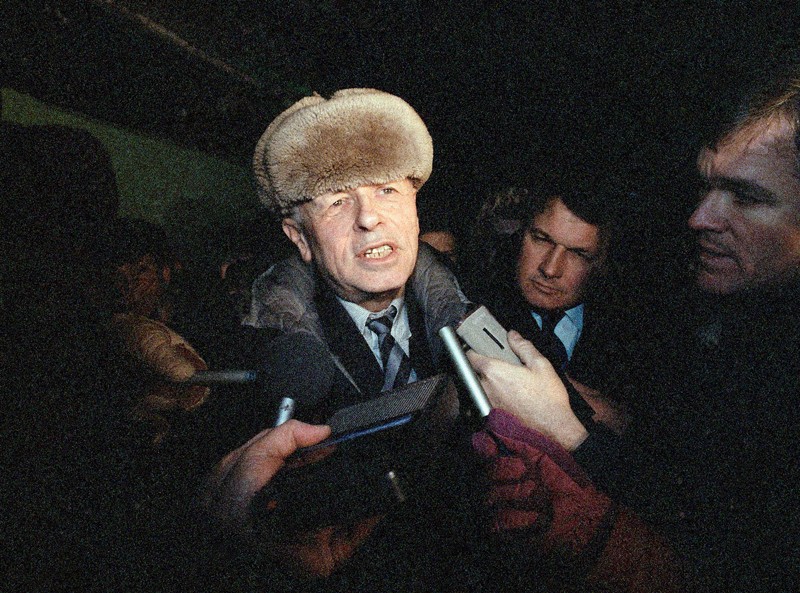The orders came from Moscow, and took the world by surprise. Governments elsewhere had not expected a militarized invasion on this scale, reasoning that it would be logistically almost impossible to occupy the territory, and that the local resistance would be prolonged and potentially ruinous to the invading forces. Nonetheless, many nations quickly responded with sanctions and trade embargoes. The United Nations General Assembly overwhelmingly condemned the aggressor and demanded immediate withdrawal of all troops.
Meanwhile, the Kremlin responded fiercely to outbursts of domestic opposition. Although some grumbling against the leadership in Moscow had been indulged in the preceding decade, in recent years, the state’s tolerance had largely vanished. The few protests were quashed with arrests. The highest-profile critic of the regime was apprehended and sentenced, sparking even more international condemnation.
Then came calls for boycotts to supplement the sanctions, including from the scientific community, which felt especially betrayed by the regime’s arrest of their champion. Decrying the invasion and the internal exile of dissident physicist Andrei Sakharov — winner of the 1975 Nobel Peace Prize for his courageous opposition to the nuclear arms race and human-rights abuses — 65 nations boycotted the 1980 Summer Olympics in Moscow.
The parallels between the aggression of the Soviet Union against Afghanistan in December 1979 and against Ukraine in 2022 are mostly superficial. The Soviet Union was not the same thing as the Russian Federation is today, in terms of population, geography, ideology or military capability. Opposition leader and anti-corruption activist Alexey Navalny, who was sentenced by a Russian court in March to nine years in prison for fraud and contempt, is not an avatar of Sakharov. And Russian President Vladimir Putin is not Soviet leader Leonid Brezhnev.
Yet the demands for sanctions from the international community and for boycotts by the scientific community — among others — resonate strongly. Ukrainian scientists have asked international journal editors to refuse to publish studies by former colleagues from the Russian Federation. Many research organizations have suspended collaborations with Russian state universities, professional societies and the Russian Academy of Sciences in Moscow. Grants have been suspended. Talks cancelled. Sometimes these are straightforward expressions of moral revulsion against the Kremlin’s violence; sometimes they represent efforts to protect Russian colleagues who could be punished for having transnational connections1,2. Condemnation has also hit researchers of Russian origin outside the nation’s borders. This is a cruel irony, given how many had themselves been refugees from that previous regime when it attacked Afghanistan, or had fled the economic chaos that followed the Soviet Union’s dissolution.
The practical efficacy of sanctions depends on how they fit the economic realities. Forswearing imports of Russian pineapples or smartphones will not leave a dent. The equivalent is true for a boycott severing science ties. The international organization of science has been overhauled several times since the first major attempt at a scientific boycott during and after the First World War. Yet every effort to sanction Moscow — 2022 and 1980 are not the only instances — has failed. Why? Because they have not adequately recognized how the Soviet Union and post-Soviet Russia fit into the global knowledge infrastructure.
The first boycott
Although the practice of punishing perceived wrongdoing by withholding trade or succour has been around since time immemorial, the practice received its enduring label only in 1880. The overbearing land agent for Lord Erne in County Mayo, Ireland, was so shunned by the local community that workers had to be imported from distant counties and guarded to reap the harvest. With that pyrrhic victory, on 1 December 1880, Charles Boycott left Ireland3. Those outraged by the impunity of the powerful have never forgotten him, and the fin de siècle was studded with boycotts of one sort or another. The world of science soon joined in.
Before scientific boycotts were repeatedly targeted at Moscow, they focused on Berlin. The most significant — so much so that its legacy still colours, often unconsciously, all later discussions of the practice — was that imposed in 1919 by Belgian, French, British and US scientists on the vanquished powers of the Great War. Or, rather, it was imposed on the successor states of the vanquished: the democratic republic of Weimar Germany and the new states of Austria and Hungary.
Many specific transgressions were invoked to justify punishing all scientists from the losing nations. The most frequently cited incitement was the notorious Manifesto of the Ninety-Three, a proclamation officially entitled To the Cultured World that was signed by a host of literary and philosophical luminaries and released on 4 October 1914. The document’s goal was to defend the honour of the German nation against allegations of atrocities committed by German troops during the invasion of Belgium. It was the list of prominent signatories that stuck in the craw of the later boycotting scientists. Among the names were Adolf von Baeyer, Paul Ehrlich, Fritz Haber, Felix Klein, Walther Nernst, Wilhelm Ostwald, Max Planck and Wilhelm Röntgen4.
These scientists, willing to politicize the disinterested quest for knowledge, were repaid in their own coin. After the war, all scientists in the defeated countries — not just these signatories — were excluded from conferences or scientific meetings, denied space in journals of the boycotting powers and barred from the new administrative structures of international science that were being rebuilt on the ashes of pre-war transnational organizations. The boycott was planned to last until 1931.
It had one exception. It did not apply to Albert Einstein, who was distinguished as one of four signatories to an anti-war counter-manifesto, To the Europeans, penned by Einstein’s Berlin colleague and like-minded pacifist, the physiologist Georg Nicolai. Bans on German nationals notwithstanding, Einstein was feted in 1919 on the announcement of the successful results of a British expedition to test the general theory of relativity during a solar eclipse. He travelled to the boycotting United States in 1921 and France in 1922. Einstein made his own exceptions in turn: he entertained invitations that were specifically to him, but refused to go to any international meeting, such as the Solvay conferences in physics in 1921 and 1924, because those denied access to Germans. He thought the boycott was a terrible thing for science5.
So did those countries that had remained politically neutral during the conflict, such as the Netherlands and Denmark. Their scientists argued that the blanket condemnation was senseless and ineffective. Ironically, the strictures granted sites such as physicist Niels Bohr’s institute in Copenhagen an outsized importance as places where boycotters and boycottees could fraternize. What, argued these scientists, was being punished, and what was the policy change that would lead to the lifting of the boycott?
The boycott was thus incomplete and toothless, in that the Austrian and German scientific communities were vibrant and diverse enough to function reasonably well without intercourse with the shunning nations. The only thing that was hurt was science and common sense, argued neutral scientists, and they lobbied hard for the League of Nations to admit the now-democratic Germany to its ranks, signalling an end to the scientific freeze. The boycott ended five years earlier than intended, in 1926. Among other things, Einstein attended the Solvay conference the following year.
Calls for boycotts returned in 1933. With the appointment of Adolf Hitler as Chancellor of Germany in January that year, and his complete seizure of power a few months later, a Civil Service Law fired most Jewish people, including scientists, from their university positions.
This time, Einstein was on the side of the boycotters. He openly resigned from his position at the Prussian Academy of Sciences in Berlin in March 1933, frustrating the state’s attempts to publicly fire him, and refused to publish in German journals. As he wrote to his exiled colleague Cornelius Lanczos from Princeton University in New Jersey in 1935: “The German intellectuals have as a whole behaved disgracefully concerning all the abominable injustices and have richly deserved to be boycotted.”6 Likewise, physicist Percy Bridgman at Harvard University in Cambridge, Massachusetts, announced in 1939 that he would no longer share any information with former colleagues in “totalitarian states”, meaning Germany7. Hitler’s regime, for its part, boycotted this very journal when it persisted in calling attention to Nazi crimes.
The Second World War soon cut off connections between Germany and its antagonists, but on the grounds of military secrecy rather than morality. After the war, scientists among the Allied nations led the efforts to fold former belligerents back in.
Top tactic
The boycott remained a favoured tactic, despite the fact that it had not demonstrably accomplished any change in behaviour in its previous deployments. Certainly, there were cold-war proponents among the scientists who wanted to boycott the Soviet Union to protest against the subjugation of Eastern Europe. But how could they? For the first decade after the end of the Second World War there were so few scientific contacts between the Soviet Union and capitalist nations that there was not really anything to boycott. Thus, the Berlin Blockade of 1948–49 and the suppression of the Hungarian Revolution in 1956 were greeted only with private indignation by scientists.
Within a decade of the death of Soviet leader Joseph Stalin in 1953, boycotting once again became thinkable, as Soviet and especially US scientists began a concerted campaign to integrate the former into emergent global scientific networks. The Lacy–Zarubin Agreement of 1958 initiated exchanges between the United States and Soviet Union across many artistic and scientific fields as a step to relieve tensions. Such exchanges were accelerated with the deepening of détente in the early 1970s. US President Richard Nixon and his secretary of state Henry Kissinger cared about arms control and geopolitical leverage, not scientific communication. But their efforts in the former brought improvements in the latter, including a series of exchanges between the US National Academy of Sciences and the Soviet Academy of Sciences8. Amid this general trend of rapprochement, the worldwide criticism of the Soviet-led invasion of Czechoslovakia in 1968 produced only faint calls for a boycott.
The post-Afghanistan boycott was triggered precisely because those efforts at integration were seen as valuable, something the Soviet leadership might be loath to lose. It did not change the Soviet deployment, however, which lasted until 1989. Even before then, Soviet leader Mikhail Gorbachev’s wave of glasnost and perestroika reforms in the preceding few years had catalysed an even more vigorous effort at integrating Soviet scientists into global science. A similar push happened after 1991 with post-Soviet scientists (including Russians, who numerically dominated this group).
The resulting financial and intellectual investment was the very opposite of a boycott. Philanthropic funding came from financier George Soros’s International Science Foundation in Moscow and New York City and the MacArthur Foundation in Chicago, Illinois; US state support through the Civilian Research and Development Foundation in Arlington, Virginia; and multilateral collaboration under the auspices of the International Science and Technology Center in Moscow and its Kyiv equivalent, the Science & Technology Center in Ukraine, among others. The investments forged new links between the scientific communities in the various successor states of the former Soviet Union and international science9.
The catch? All of this effort was being expended on a rapidly shrinking scientific community in these former socialist countries. Across the region, the scientific workforce dropped by at least 50%, in part because of emigration (the notorious ‘brain drain’), but mostly because of the lack of funding for science and better opportunities for stable employment in the private sector. Even after the economic crisis of the 1990s and after the governments of Putin and Dmitry Medvedev increased budgetary allotments, the scale of investment and the corresponding uptake by scientists remained meagre10. What remained was more connected to global science, but it was a shadow of the Soviet scale.
Boycotts today
What does this history mean for the question of scientific boycotts against Russia today? The answer depends entirely on what a boycott is for.
If a boycott is intended to cripple the scientific enterprise of a nation or region, the history of both the anti-German and anti-Soviet boycotts show that when a country has a sizeable and dynamic scientific community (or sphere of influence), then detachment from global science is not especially impactful, at least in the short term. In recent years, China’s scientific community boasts something of this quality.
If a nation has a smaller scientific community that cannot survive on its own, however, then sustained boycotts can indeed be damaging. An arguable exception to the record of failure was the academic boycott of South Africa, launched in the 1960s with the support of the African National Congress. It was initiated to oppose the country’s system of apartheid, and was terminated in 1990 with the end of that system. Although never total, that boycott took its toll because it severed necessary connections to the transnational system of scientific exchange. South Africa’s scientific community was not large or diverse enough to subsist autonomously11. (This example has motivated calls by some to boycott Israel’s scientific community.)
For the past two decades, Russian science has been much more connected to global networks than since the Bolshevik Revolution cut Tsarist links to Europe, and much smaller than the Soviet sector had been. So the damage to Russian science, even from the limited steps already taken, could be severe.
Could a boycott, as has been claimed for South Africa, help to produce a change of mindset in the regime? To be effective in this way, the political leadership has to care about scientists and science. And Russia does not seem to care. Witness the limited investments in research in the past decade, the chasing after status and rankings rather than improving fundamentals, the lacklustre response to COVID-19, and the designation of various scientific collaborations and non-profit organizations (such as the MacArthur Foundation) as “foreign agents” and kicking them off Russian soil12. All of these signs of government apathy towards science were visible for years before the current invasion of Ukraine triggered international outrage.
Ending the limited scientific linkages that have survived the recent decades of neglect can function as a statement of moral revulsion — which was how the academic boycott against South Africa started. If that is the primary goal, it should be embraced as such by boycott advocates. But despite the laudable hopes of its advocates, a scientific boycott is as unlikely to change the course of the present war as that which greeted Russia’s invasion of Afghanistan.









More News
Author Correction: Stepwise activation of a metabotropic glutamate receptor – Nature
Changing rainforest to plantations shifts tropical food webs
Streamlined skull helps foxes take a nosedive